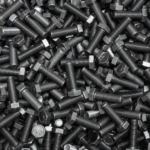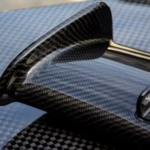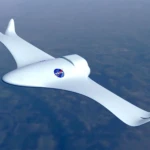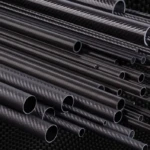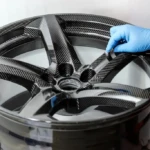High-performance thermoplastics are a class of polymers that offer superior properties such as high strength, stiffness, fatigue resistance, and resistance to chemicals, as well as high melting points, low flammability, and can be formulated to have unique properties. Among the most notable high-performance thermoplastics are PEEK (Polyetheretherketone), ULTEM (Polyetherimide), and other specialized polymers. In this article, we will explore the unique properties and applications of these polymers.
The Rise of High-Performance Thermoplastics
In the early 20th century, polyethylene (PE) and polypropylene (PP) were the primary plastics used in a wide range of applications. These traditional plastics, known as commodity polymers, were relatively cheap and effective, but not ideal for high-stress, high-performance applications. As technology advanced, the need for polymers with superior properties became crucial. This led to the development of special polymers, such as PEEK and ULTEM, which have revolutionized various industries.
PEEK (Polyetheretherketone)
PEEK is a semi-crystalline thermoplastic with a high molecular weight, which endows it with exceptional strength, stiffness, and resistance to chemicals, damage, and impact. Its unique combination of properties:
- High temperature resistance (up to 400°F/204°C)
- Chemical resistance (resistant to fuels, alcohols, and many acids)
- Low water absorption (<0.03%)
- Low creep resistance
- High fluid resistance (able to handle high-pressure fluids)
- Biocompatibility
PEEK is used in various applications, including:
- Aerospace: aircraft, spacecraft, and satellite components
- Medical: implants, surgical instruments, and medical devices
- Industrial: bearings, valves, and pumps
- Automotive: fuel-efficient components
ULTEM (Polyetherimide)
ULTEM is another semi-crystalline, high-performance polymer with exceptional mechanical, thermal, and chemical resistance properties. Its characteristics include:
- High melting point (around 450°F/232°C)
- High molecular weight
- High strength and stiffness
- Chemical resistance (resistant to many chemicals, including fuels, bases, and esters)
- Low water absorption (<0.1%)
- Low creep resistance
ULTEM is employed in various industries, such as:
- Aerospace: electrical components, connectors, and insulation
- Electronics: connectors, insulators, and printed circuit boards
- Motor sports: racing components and accessories
- Industrial: electrical components, fasteners, and tools
Other High-Performance Thermoplastics
Several other polymers share similar characteristics with PEEK and ULTEM, offering remarkable properties for specific applications. Some notable examples include:
- PEI (Polyetherimide): another variant of ULTEM with slightly different properties
- PAEK (Polyarylene Ether Ketone): a mixture of PEEK and PAEK polymers, offering a balance of properties
- PEKK (Polyether Ketone Ketone): a PEEK-PEEK copolymer with improved mechanical and thermal properties
- PECS (Polyether Carbonate): a thermoplastic offering high-temperature resistance, low-outgassing, and high-temperature stability
Additional high-performance polymers, like:
- Fluorinated thermoplastics (e.g., FEP, ETFE, and PFA): these materials have exceptional chemical resistance, high-temperature resistance, and low friction properties
- Xylan and Teflon (PTFE) coatings: offering non-stick, chemical-resistant, and high-temperature-resistant properties
Challenges and Limitations
Despite their impressive properties, high-performance thermoplastics face certain obstacles:
- Cost: these materials are typically more expensive than commodity polymers
- Processing difficulties: high-performance polymers often require specialized equipment and processing techniques
- Material selection: choosing the right polymer can be complex, as each material has unique properties and applications
Conclusion
High-performance thermoplastics, such as PEEK and ULTEM, have revolutionized various industries by offering exceptional mechanical, thermal, and chemical resistance properties. These materials have transformed the aerospace, medical, industrial, and automotive sectors, and their applications continue to expand. By understanding the unique characteristics, benefits, and limitations of these polymers, manufacturers can select the ideal material for their specific needs, driving innovation and progress in various fields.
Daguang focuses on providing solutions such as precision CNC machining services (3-axis, 4-axis, 5-axis machining), CNC milling, 3D printing and rapid prototyping services.

